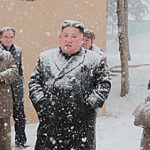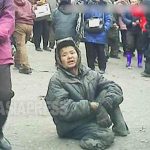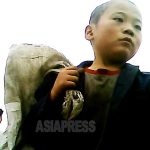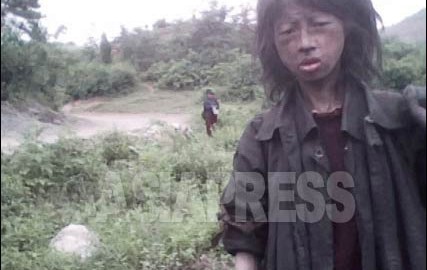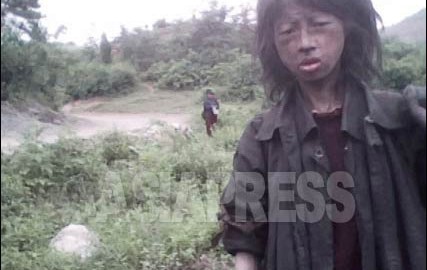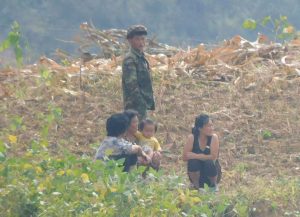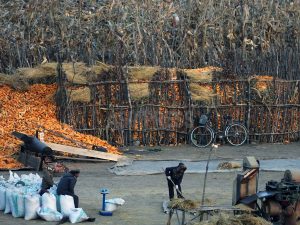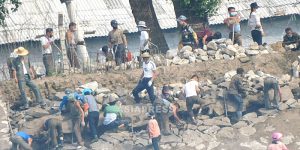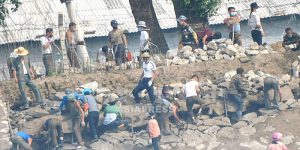◆State Plan Still Comes Before Distribution: What's Changed?
Laws show distribution priorities as follows:
1. Compulsory procurement plan
2. Contract procurement plan (farm collective contribution)
3. Farmers' distribution
This maintains the priority on state plans, no different from the past. However, a significant difference is that once plans are fulfilled, everything else belongs to farmers, regardless of amount.
This measure to boost farmers' motivation is the core of the new distribution policy. While it sounds reasonable, there's a catch. Fulfilling state quotas is never easy due to chronic material shortages, inefficiency, soil degradation, and natural disasters in North Korean agriculture.
Another notable point is the inconsistent terminology despite similar revision timing of both laws. The "collective contribution" in the Farm Law appears as "contract procurement plan" in the Grain Management Law, suggesting ongoing confusion in distribution policy.
The next article will examine how distribution policies are actually implemented in the field, based on reports from local reporting partners. ( To 5 >> )
※ ASIAPRESS communicates with its reporting partners through Chinese cell phones smuggled into North Korea.
<North Korea Special> What is the Reality of Kim Jong-un's Agricultural Policy Reform? (1) "Collective" Disappears from Farms Major Revisions to Agricultural Regulations
<North Korea Special> What is the Reality of Kim Jong-un's Agricultural Policy Reform? (2) Enterprise-Style Farms Codified in Law - Has 'Juche Farming' Been Abandoned?
<North Korea Special> What is the Reality of Kim Jong-un's Agricultural Policy Reform? (3) Expanding Farm Management Rights: Farmers Say "Farms Now Play the Role of Landlords"
<North Korea Special> What is the Reality of Kim Jong-un's Agricultural Policy Reform? (4) State Quotas vs. Farmers' Survival: How to Divide? Changes in Distribution
<North Korea Special> What is the Reality of Kim Jong-un's Agricultural Policy Reform? (5) Distribution Method Changed... "Quotas are High and Distribution is Low" "Losing Heart" - Farm Workers' Complaints
<North Korea Special> What is the Reality of Kim Jong-un's Agricultural Policy Reform? (6) Illegal Cultivation Land - Farmers Feel Crisis as 'Sotoji' is Completely Banned
<North Korea Special> What is the Reality of Kim Jong-un's Agricultural Policy Reform? (7) Creating a New Framework for Farm Food Distribution
<North Korea Special> What is the Reality of Kim Jong-un's Agricultural Policy Reform? (8) Farms Directly Selling Grain, Even Setting Prices... What Is the Newly Emerged 'Agricultural Material Exchange Center'?
<North Korea Special> What is the Reality of Kim Jong-un's Agricultural Policy Reform? (9) Farmers Only Allowed to Sell to 'Grain Sales Store' - Is the State Monopoly on Food Distribution Taking Hold?
<North Korea Special> What is the Reality of Kim Jong-un's Agricultural Policy Reform? (10) 'Farm Fool' is Old News, Claims that 'Farm Workers are Popular Now' - Hope for New Policies, But...


